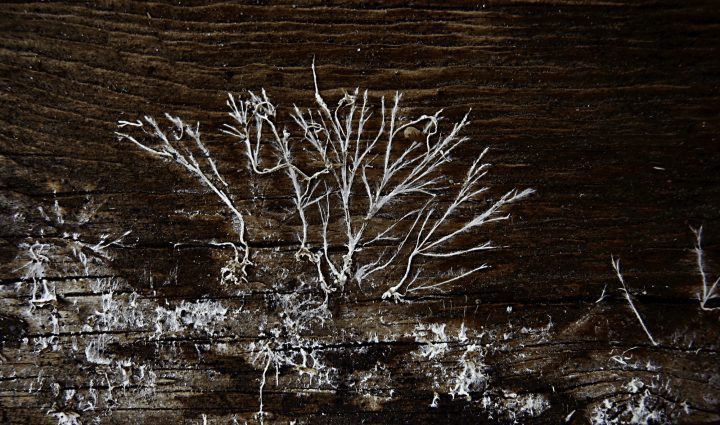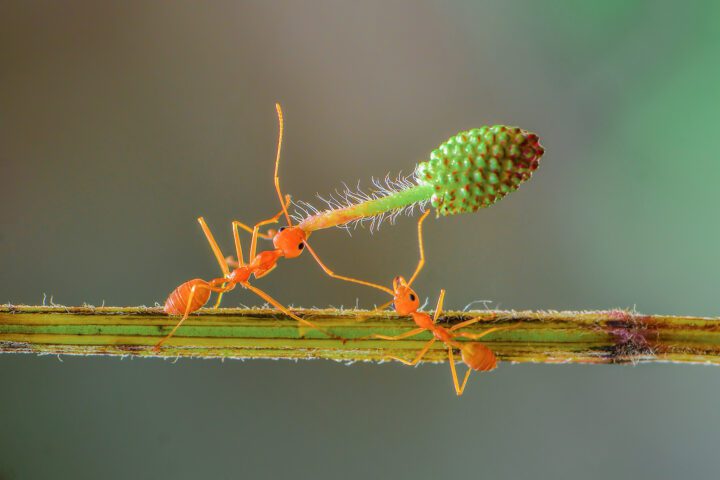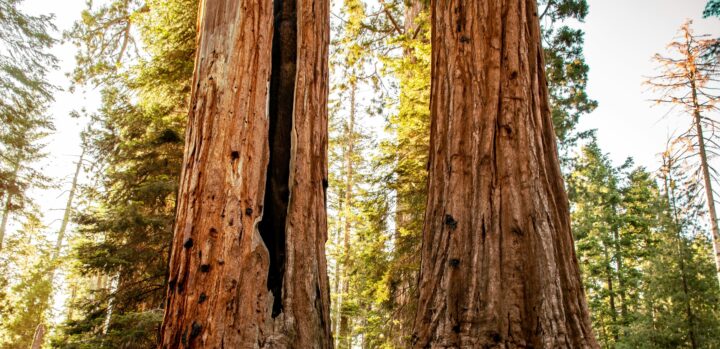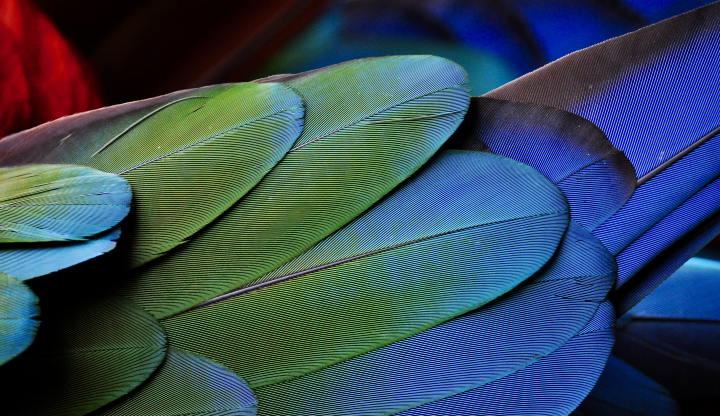Fungi create a strong but lightweight material by producing a random network of tiny threads.
Introduction
Pick up a handful of soil. At first glance, it might seem simply like a lot of brown stuff. Look closer and you’ll see every particle tells a story. Dig a little deeper and you’ll see that woven through just a single shovel-full are literally miles of fibers created when fungi break down plant material to make tissue for themselves. The fibers, collectively known as mycelium, reach far and wide to harvest food for the fungi.
In the process, they create a physical network with remarkable mechanical properties. Organic, lightweight, durable, and moldable, mycelium not only offers inspiration for the design of manufactured materials, but also can be used directly to make a wide range of objects with desirable traits.
The Strategy
Fungi grow from spores just as plants grow from seeds. When a spore sprouts, it puts out a microscopic rootlike structure called a hypha. As it grows, the hypha branches, eventually creating a network of tube-shaped threads called mycelium that can stretch for miles underground, fusing with other hyphae to create a dense web.
Each thread consists of several types of chemicals. On the inside are proteins and chitin fibers held together with sugars that provide mechanical rigidity and strength. On the outside, beta-glucans form a gel-like material that give flexibility and expandability. In which direction the fibers grow and how dense the network becomes depends on the physical and chemical traits of the environment as well as the food available within it.
The combination of the materials that make up individual hyphae and the structure of the mycelium as a whole, composed of both fibers and the spaces between them, give the overall material some highly desirable traits. It is at the same time strong and flexible. It can be compressed and bounce back. It slows the spread of heat and sound. And because the shape of the space and amount of food available influence the degree and direction the hyphae grow, a mycelium mat can take a variety of shapes and density characteristics.
The Potential
Mycelium provides inspiration for making lightweight containers, construction panels, furniture, clothing, and other objects with a wide range of beneficial traits such as padding, durability, thermal insulation, soundproofing, and the ability to wick moisture.
In addition to serving as a source of inspiration, mycelium can be produced and used as a raw material itself. Because it is organic, mycelium made by fungi offers additional benefits. It can be produced from waste materials. It is biodegradable. And when it burns it doesn’t produce harmful gases as do plastics and other manmade materials.








